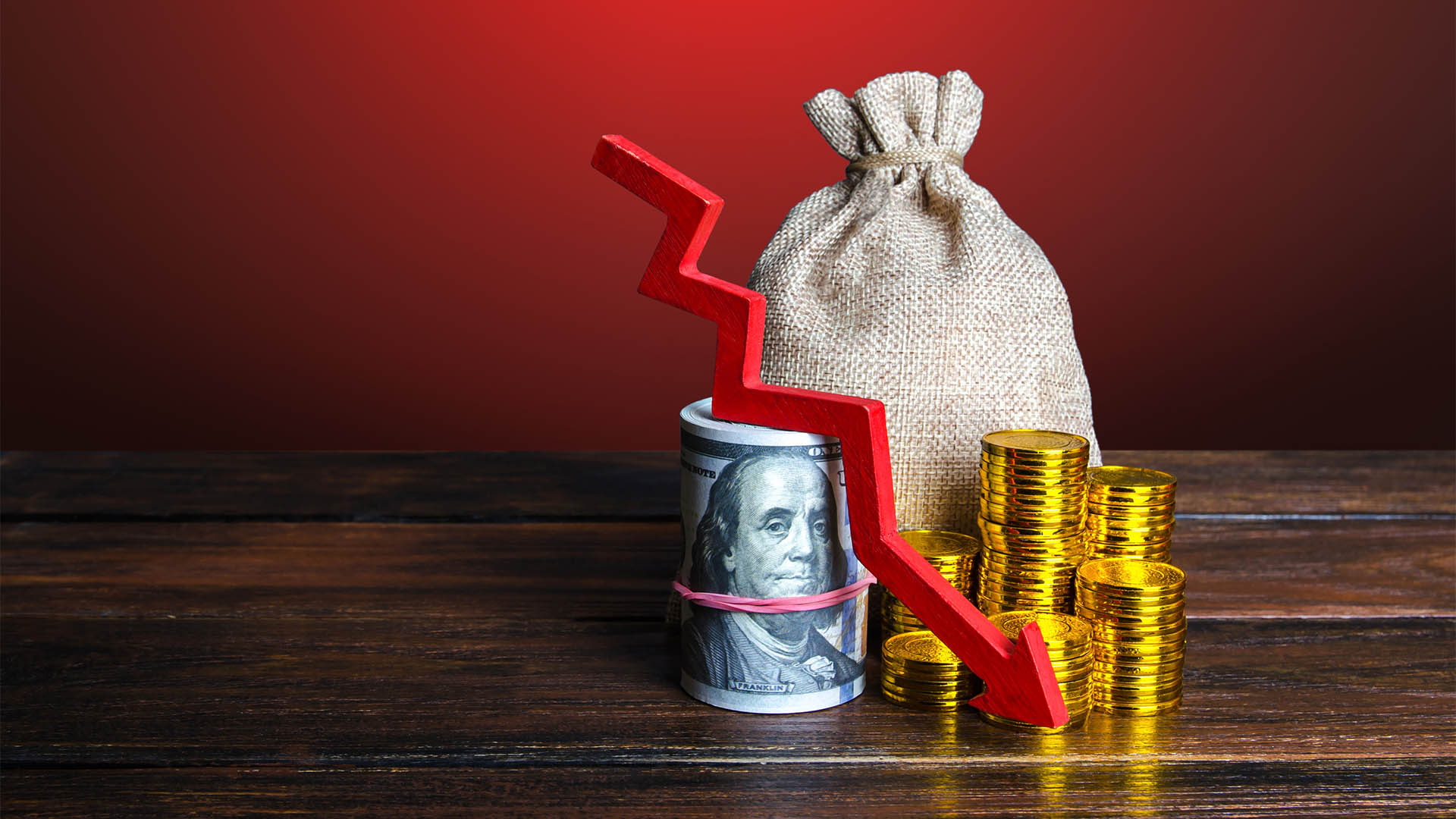The value of Australia's lithium exports is expected to decrease after reaching a record $19.5 billion last year, as global production catches up with the surging demand for electric vehicles (EVs).
The Department of Industry's latest Resources and Energy quarterly report predicts a decline in the overall exports in the sector from a record $460 billion to $390 billion, with noticeable declines in energy export earnings.
While prices are projected to moderate after the escalation due to Russia's invasion of Ukraine last year, the report also highlights the future of the ICE.
It forecasts that the share of electric cars sold in the passenger vehicle market will exceed 20 percent by 2025, with China, Europe, and the US leading the way.
As a result, the global ICE passenger vehicle fleet is expected to plateau over the next two years, compared to the average annual growth of 3.3 percent in the four years preceding the pandemic, according to the Department of Industry.
The decline of the ICE will have an impact on global oil consumption, which is projected to rise by 2.2 percent to 102 million barrels per day in 2023, before slowing down to an average annual growth of 0.9 percent in 2024 and 2025.
However, this shift in the vehicle fleet composition is not expected to bring a windfall to Australian lithium producers.
The report indicates that the value of lithium exports is forecasted to decline to $17.8 billion in 2023-24 and further decrease to $14.9 billion in 2024-25.
Global lithium supply is not only increasing but also diversifying, with Chile expected to maintain around 60 percent of global refining output, and investments being made in Argentina, the US, and locally.
Additionally, recycling is expected to account for 2-3 percent of lithium supply within the next two years.
The Australian lithium industry is facing the challenge of a global supply catch-up, as efforts to secure critical minerals result in increased production capacities and diversification.
While the EV boom will significantly impact the global vehicle market and oil consumption, Australian lithium producers will need to adapt to changing dynamics in the lithium market.














